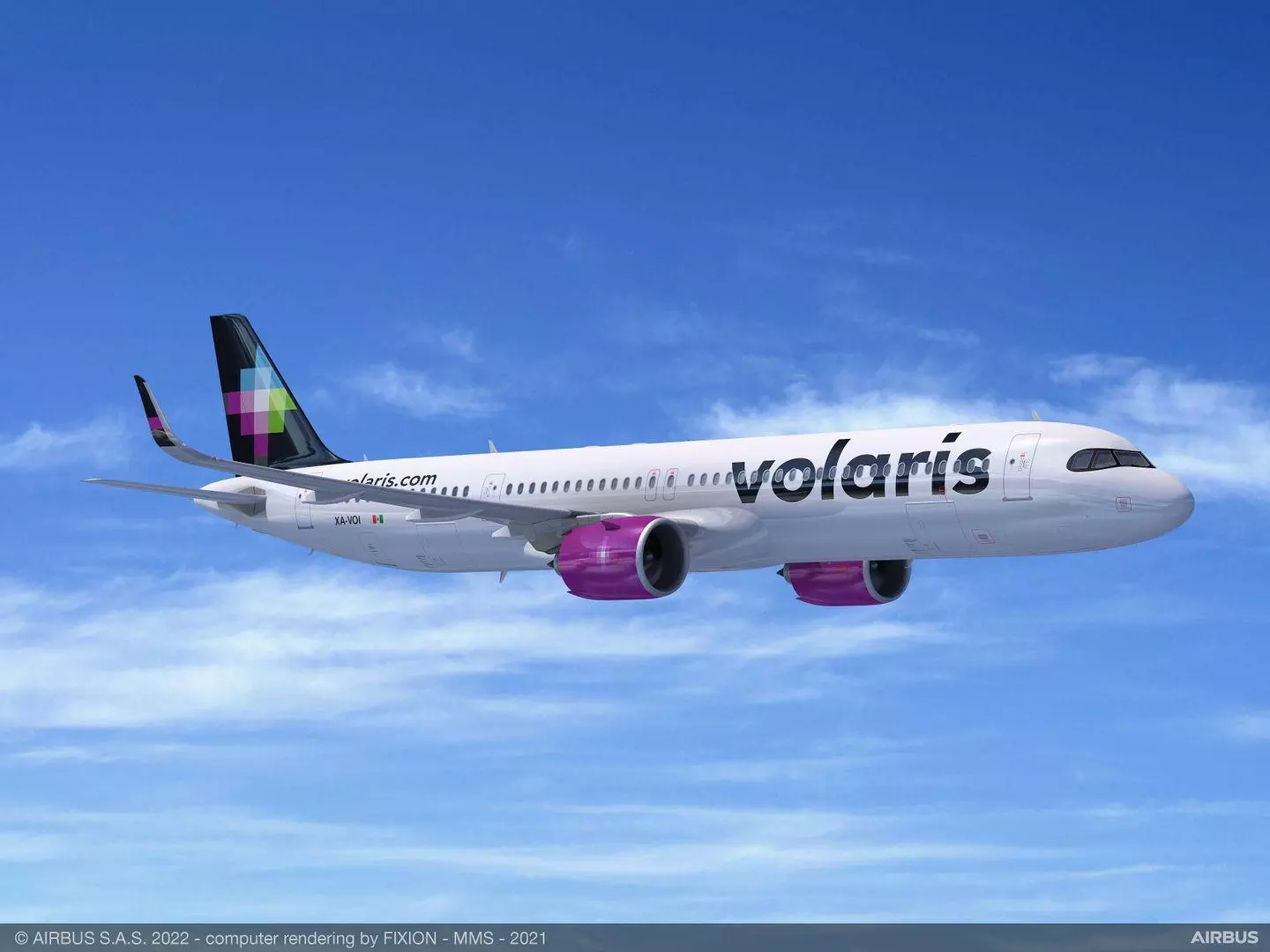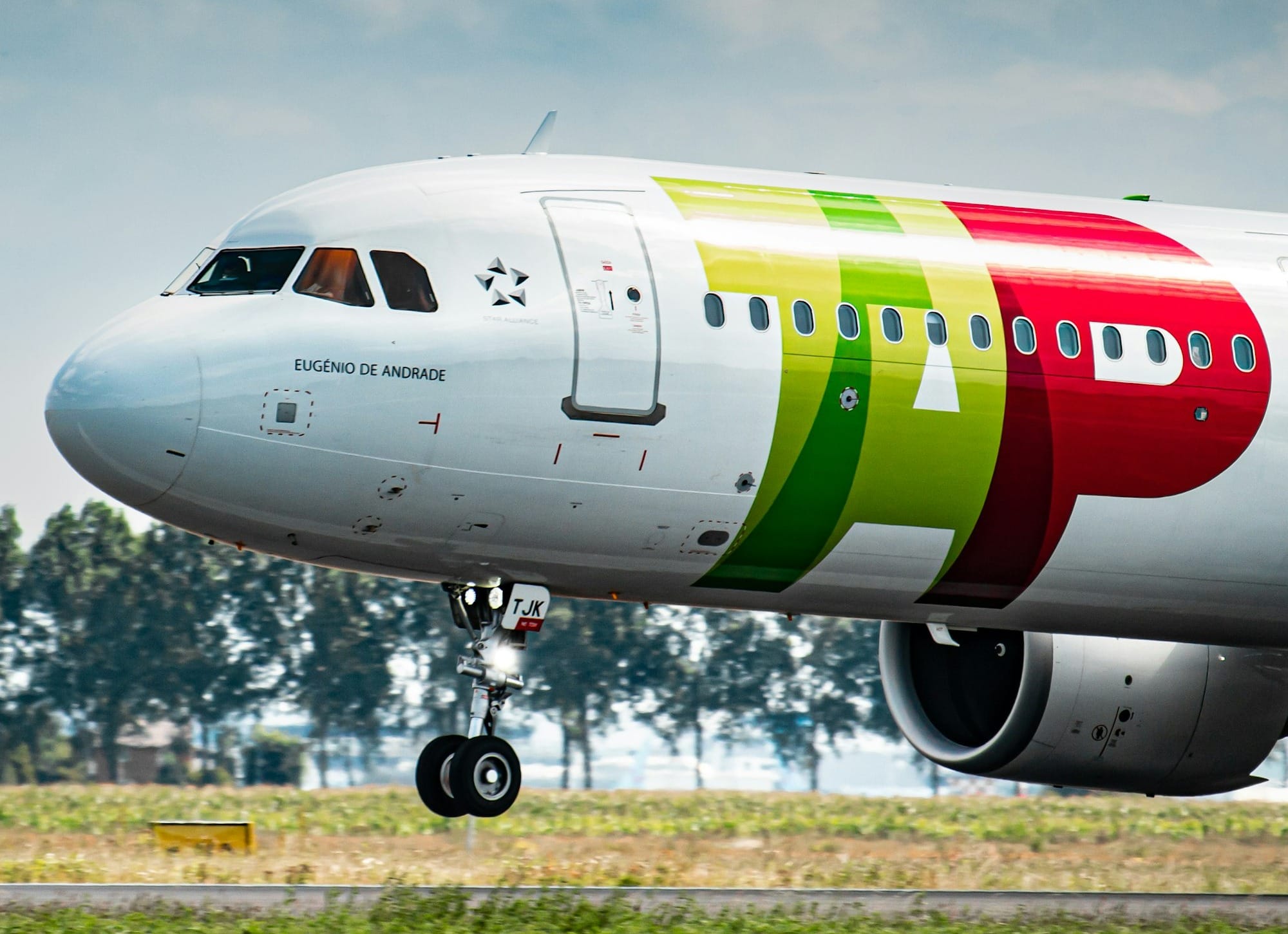Predictive Automated Maintenance Reporting System: A Leap Forward for British Airways
British Airways is at the forefront of aviation innovation with its latest move towards a Predictive Automated Maintenance Reporting System.


Predictive Automated Maintenance Reporting System: A Leap Forward for British Airways
Key Takeaways:
- British Airways is implementing a Predictive Automated Maintenance Reporting System to improve engineering efficiency.
- The new system is designed to enhance operational reliability and predict maintenance needs before they arise.
- This transition is expected to lead to significant cost savings and increased aircraft availability.
British Airways is at the forefront of aviation innovation with its latest move towards a Predictive Automated Maintenance Reporting System. This strategic advancement is set to revolutionize the way the airline handles its engineering operations, promising to bring about a new era of operational reliability and efficiency. As we delve into the intricacies of this system, we will explore how it stands to benefit not only British Airways but also the broader aviation industry.
The Evolution of Aircraft Maintenance
Aircraft maintenance has traditionally been a reactive process, with engineers addressing issues as they arise. However, the advent of predictive maintenance marks a significant shift in this paradigm. By leveraging data analytics and machine learning, predictive maintenance systems can forecast potential failures before they occur, allowing for proactive repairs that minimize downtime and reduce costs.
British Airways' adoption of a Predictive Automated Maintenance Reporting System is a testament to the airline's commitment to staying ahead of the curve. This move not only streamlines the maintenance process but also ensures that the fleet is in top condition, thereby enhancing safety and passenger satisfaction.
The Mechanics of Predictive Maintenance
At the heart of predictive maintenance lies the collection and analysis of vast amounts of data. Sensors installed on aircraft continuously monitor various components, feeding real-time information to the predictive system. This data is then processed using advanced algorithms that can detect anomalies and predict when a part is likely to fail.
For British Airways, this means that maintenance teams can be alerted to potential issues well in advance, allowing them to schedule repairs during regular downtime rather than in response to an unexpected failure. This proactive approach is crucial for maintaining a tight flight schedule and avoiding the costly disruptions that come with unplanned maintenance.
Advertising
The Role of Big Data and AI
Big data and artificial intelligence (AI) are the driving forces behind predictive maintenance systems. By analyzing historical and real-time data, AI can identify patterns and predict outcomes with a high degree of accuracy. This capability is invaluable in the context of aircraft maintenance, where the cost of failure can be extraordinarily high.
British Airways' investment in a system that harnesses the power of big data and AI demonstrates a forward-thinking approach to maintenance. The airline's engineers are now equipped with tools that can make informed decisions, optimize maintenance schedules, and ultimately improve the overall performance of the fleet.
Enhancing Operational Reliability
Operational reliability is a critical concern for any airline, and British Airways is no exception. The Predictive Automated Maintenance Reporting System is designed to bolster this reliability by ensuring that aircraft are serviced before issues become critical. This not only reduces the likelihood of in-flight problems but also contributes to a more reliable flight schedule.
Passengers stand to benefit from this increased reliability, as it leads to fewer delays and cancellations. For British Airways, the reputational boost that comes with improved reliability is an invaluable asset in a highly competitive market.
Streamlining Maintenance Workflows
The implementation of a predictive maintenance system also has the potential to streamline maintenance workflows. By providing maintenance crews with detailed reports on what needs to be addressed, the system eliminates guesswork and allows for more efficient planning of maintenance activities.
British Airways' engineers can now prioritize tasks based on the urgency and importance of the predicted issues, leading to a more organized and effective maintenance operation. This efficiency not only saves time but also contributes to a reduction in labor costs.

Advertising
Cost Savings and ROI
One of the most compelling arguments for adopting a Predictive Automated Maintenance Reporting System is the cost savings it can deliver. By preventing unexpected failures, airlines can avoid the hefty expenses associated with emergency repairs and aircraft on ground (AOG) situations.
For British Airways, the return on investment (ROI) from this system is expected to be significant. The savings from reduced downtime, lower repair costs, and improved aircraft utilization will likely offset the initial investment in the technology, making it a financially sound decision in the long run.
Increased Aircraft Availability
A direct benefit of predictive maintenance is increased aircraft availability. When maintenance can be scheduled during planned downtime, aircraft spend more time in the air and less time in the hangar. This increased availability is crucial for airlines like British Airways, which operate on tight schedules with high aircraft utilization rates.
The Predictive Automated Maintenance Reporting System ensures that British Airways can maximize the use of its fleet, leading to better service for passengers and more revenue for the airline. It's a win-win situation that underscores the value of predictive maintenance in modern aviation.
The Environmental Impact
Predictive maintenance also has a positive impact on the environment. By optimizing maintenance schedules and reducing the need for emergency repairs, airlines can decrease fuel consumption and emissions. Efficiently maintained aircraft are not only safer and more reliable but also more environmentally friendly.
British Airways' commitment to sustainability is reinforced by the adoption of a Predictive Automated Maintenance Reporting System. The airline's efforts to reduce its environmental footprint are in line with the industry's broader goals of achieving more sustainable operations.
Advertising
The Future of Aviation Maintenance
The transition to predictive maintenance is just the beginning of a broader transformation in aviation maintenance. As technology continues to advance, we can expect to see even more sophisticated systems that further enhance efficiency and reliability.
British Airways' move to a Predictive Automated Maintenance Reporting System positions the airline as a leader in this transformation. The lessons learned and the successes achieved by British Airways will undoubtedly influence the adoption of similar systems by other airlines in the future.
Summary
British Airways' transition to a Predictive Automated Maintenance Reporting System marks a significant milestone in the airline's pursuit of engineering excellence. By leveraging the power of big data, AI, and predictive analytics, the airline is set to enhance its operational reliability, streamline maintenance workflows, and achieve substantial cost savings. This proactive approach to maintenance not only benefits the airline in terms of efficiency and financial performance but also contributes to increased aircraft availability and a reduced environmental impact. As British Airways leads the way, the future of aviation maintenance looks more promising than ever.
FAQ Section
Q1: How does predictive maintenance differ from traditional maintenance? A1: Predictive maintenance uses data analytics and machine learning to forecast potential failures before they occur, allowing for proactive repairs. Traditional maintenance typically involves addressing issues as they arise, which can lead to unplanned downtime and higher costs.
Q2: What are the benefits of British Airways' Predictive Automated Maintenance Reporting System? A2: The benefits include improved operational reliability, streamlined maintenance workflows, cost savings, increased aircraft availability, and a positive environmental impact due to more efficient operations.
Q3: Will other airlines follow British Airways' lead in adopting predictive maintenance systems? A3: It is likely that other airlines will observe the success of British Airways' Predictive Automated Maintenance Reporting System and consider implementing similar technology to enhance their own operations. The trend towards data-driven maintenance is gaining momentum across the aviation industry.



